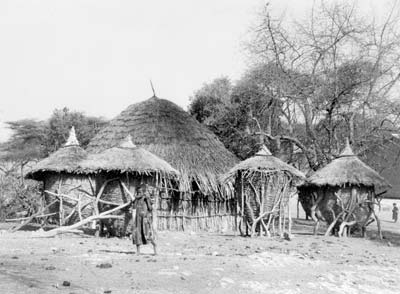Travel Tidbits
Street numbers in St. Petersburg, Russia (as in all of Europe), do not go up by one hundred in each block. They keep in sequence and continue after an intersection. The problem is compounded in St. Petersburg because many buildings are converted palaces and several establishments share the same number. In addition, the numbers on one side of the street do not necessarily correspond to the numbers on the other side. We were at No. 49, and across the street was No. 80. No. 40 was four blocks away. The street name plaques tell you what numbers are in the particular block you are on. — NESSIM CICUREL, Chicago, IL
Dr. Wagenaar’s article on luggage and travel (May ’07, pg. 87) was magnificent — well organized and well researched. A trick I use for luggage identification, one which has a dual purpose, is to put many strips of duct tape on the outside. I can easily spot my bags, and the tape can be used for many things in an emergency. — DAVID LITOWSKY, Houston, TX
On a February trip to Ethiopia with Elderhostel (Boston, MA; 877/426-8056), I had the privilege of seeing many fascinating sights. In the Langano Lake area we saw many kinds of birds, including storks, vultures and pelicans. Homes in the countryside were typically built of tree branches for walls, with thatch roofs. Smaller units with cone-shaped bottoms, raised off the ground, were for the storage of teff, a grain that is the mainstay of the Ethiopian diet. — NEVA ORTON, San Luis Obispo, CA
We visited La Boca neighborhood of Buenos Aires, Argentina, in November ’04 and walked along the streets with their Italian-style painted metal houses and displays in front done by local painters and sculptors. We bought two lovely paintings of tango dancers at a very reasonable price. — EILEEN LAVINE, Bethesda, MD

